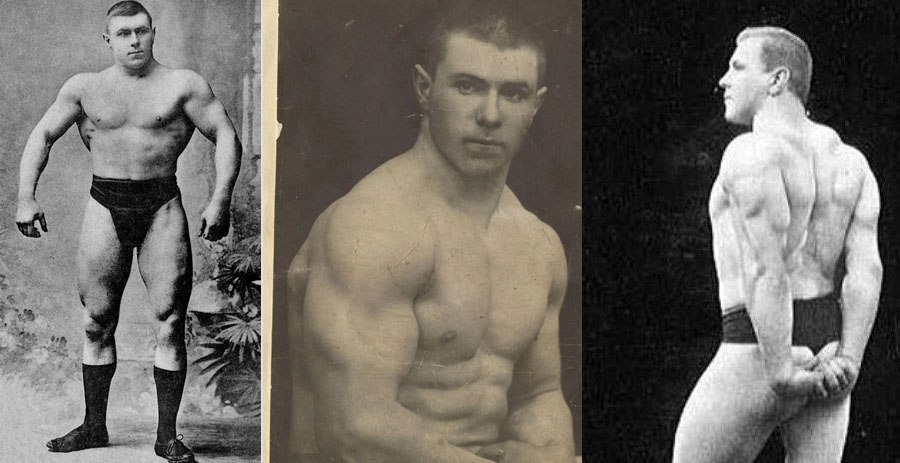Georg Hackenschmidt is a legendary strength athlete. His name is written in golden letters in the history of strength training and wrestling.
He was called the “Iron Man”, “Russian Lion”, “Father of Russian Athletics”. He was not just a strength athlete, he was a phenomenon, a man who defied his time and broke all boundaries..
At the peak of his form, Georg had the following parameters:
Weight 93 - 102 kg.
Height 175
He had good definition, with a low percentage of fat. Biceps - 47 cm, chest - 125 cm, neck - 50 cm, hips - 68 cm, waist - 85 cm.
Childhood and youth
The biography of Georg Hackenschmidt is filled with amazing events. He was born in 1878 in the Russian Empire. From a young age, he was fond of sports, doing gymnastics, wrestling and weightlifting.
From the very beginning of his sports career, he showed unique athletic abilities.
Path to glory
The starting point at the beginning of his career was his acquaintance with Kraevsky, who was considered the father of Russian athleticism. Gakkenshmidt himself wrote: “I can safely say that everything that I have acquired and become, I owe to Kraevsky
In 1900, Hackenschmidt moved to St. Petersburg, where he began his professional career as a wrestler. He quickly gained fame thanks to his phenomenal strength and endurance. He won numerous championships in wrestling and weightlifting,
In 1898 he became the European wrestling champion. In 1905 he became the world champion in wrestling.
Secrets of power
Georg Hackenschmidt's training methods have become a role model for many athletes. His unique training approaches and training systems not only helped him achieve outstanding results, but also inspired many athletes to follow his path to success.
Gackenschmidt came up with one effective exercise for the legs, which made it possible to powerfully pump the front surface of the thigh. And he called it the hack squat.
Gakkenshmidt considered the secret of his strength to be his unique training system, which combined strength exercises, gymnastics, and wrestling.
This is what he wrote about his diet: “I drank almost exclusively milk, and I drank about three liters of it a day, and I ate whatever I wanted; my appetite was always excellent.”
Strength records
Georg demonstrated magnificent strength achievements:
Barbell push with two hands - 98 kg for 12 reps, push with one hand - 85 kg for 7 reps.
In 1898, he broke the world record for one-arm bench press, pressing 116 kg.
At the weightlifting championship he showed the following results:
Clean and jerk: 114 kg, snatch: 116 kg, one-arm press: 122 kg.
I pressed a barbell weighing 145 kg on a wrestling bridge.
Raise horizontally to the sides - in each hand, a two-pound weight with the bottom down - 5 times in a row.
“It is worth noting that these results may vary from source to source.”
Workout
Georg Hackenschmidt's training system was based on the following principles:
Variety: Georg did not believe in monotonous training. He used a wide range of exercises to work all muscle groups.
Gradually increase the load: He gradually increased the load on his muscles to avoid injury and make progress. Nowadays many people use this approach, but in those days it was not so obvious.
Intuitive approach: Georg did not blindly follow dogma, but listened to his body and adjusted his training according to his feelings.
It's worth noting here. that he combined purely strength training with wrestling. Which of course was not very easy.
Books
His book, the path to strength and health, will be useful to read even now. It is interesting both for a healthy lifestyle and health promotion, as well as for the development of strength indicators. He considered it one whole.
There are other books - The Complete Science of Wrestling, Fitness and Yours, and others.
Heritage
Thus, Georg Hackenschmidt is not just a strength athlete, but a true legend who has left his mark on the history of strength sports. His background, athletic achievements, training methods and influence on the sport of strength make him an inspiring role model for anyone who strives for outstanding performance in the world of sports



